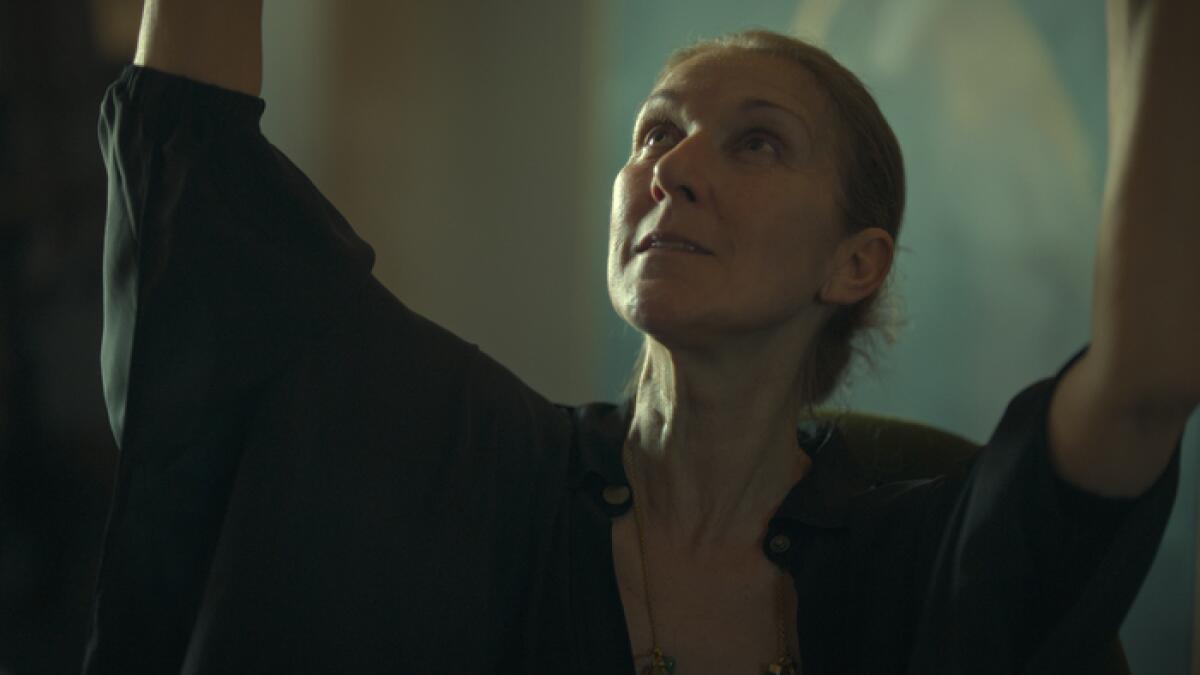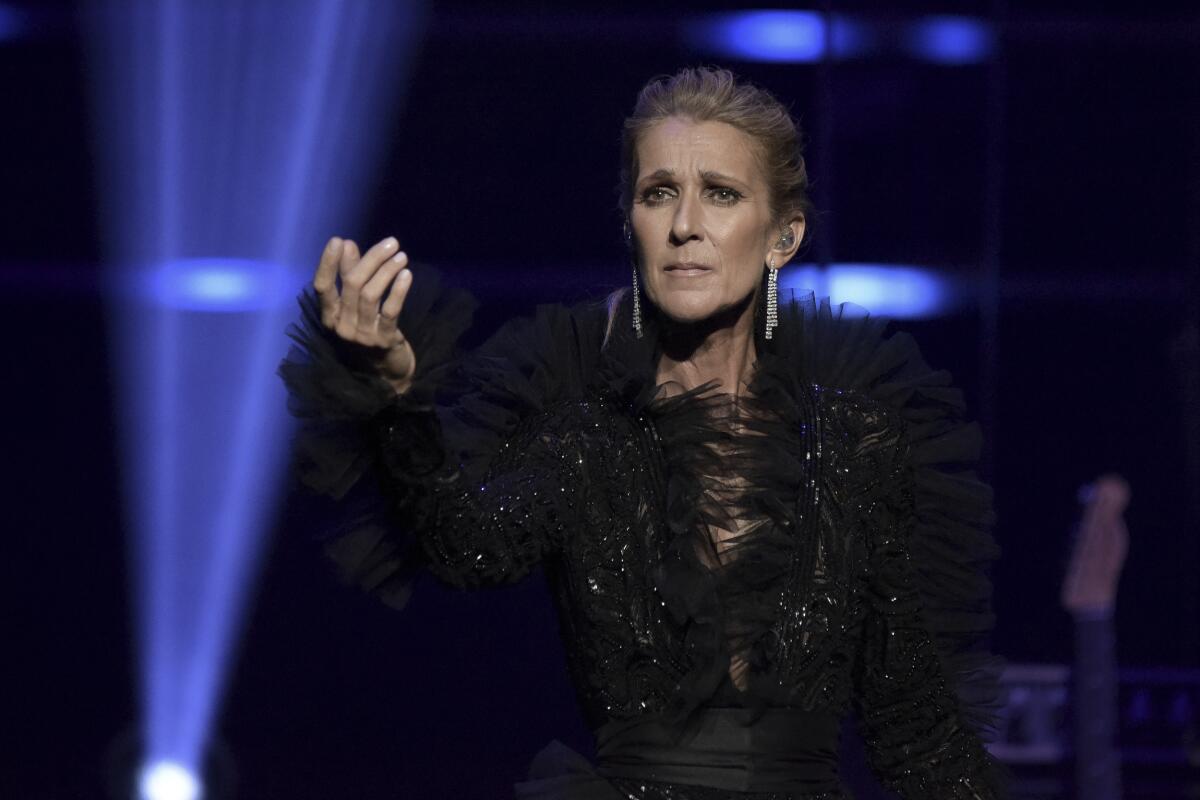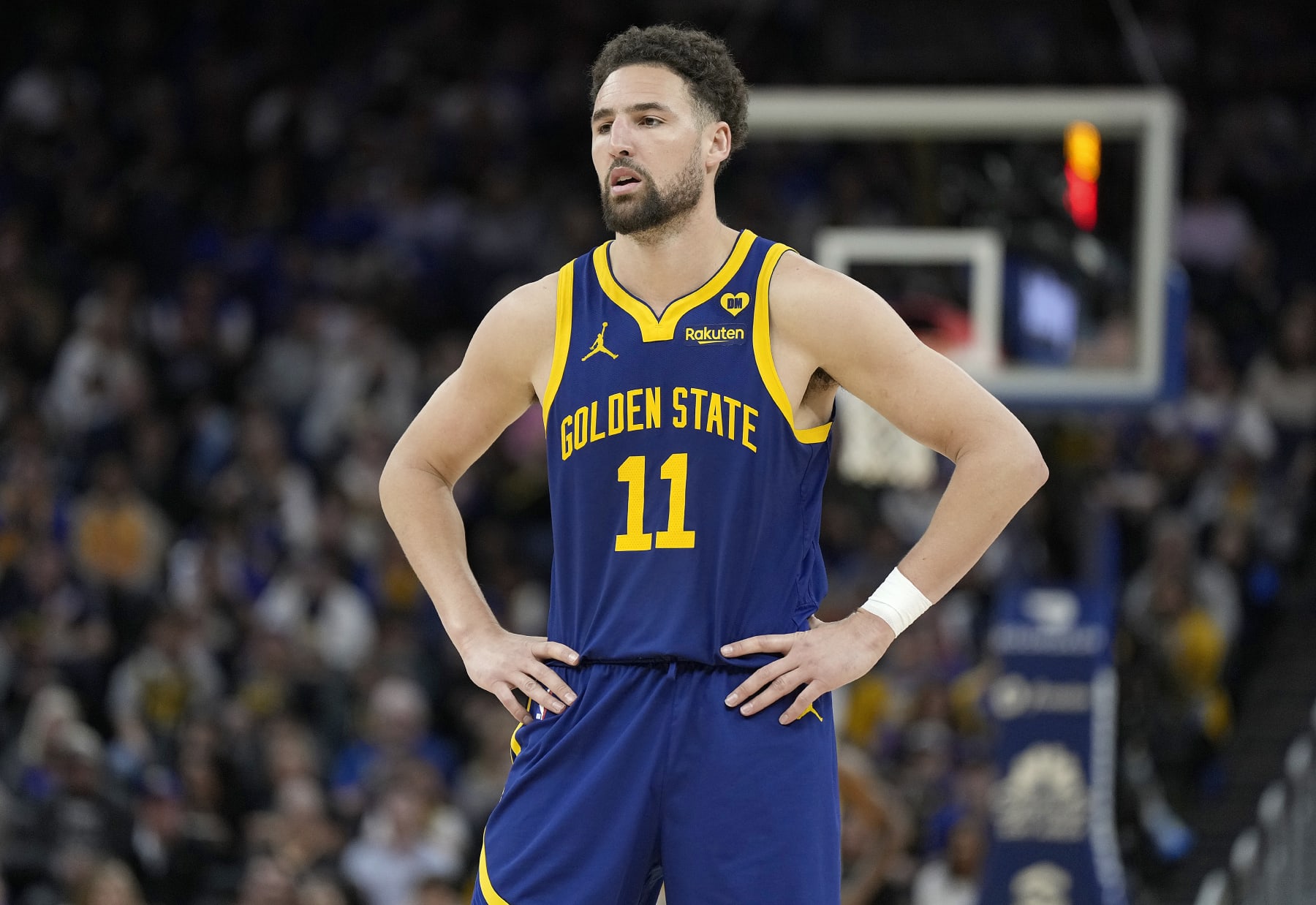The director of “I Am: Celine Dion” documents the singer’s torments

“This is by far the biggest audience I’ve had in years,” Celine Dion said onstage at Lincoln Center last week, making a rare appearance to promote “I Am: Celine Dion,” a documentary about her struggle with stiff-person syndrome, a rare neurological disorder that causes muscle stiffness and makes it difficult for her to do what has defined her most since childhood: singing.
“I can’t believe how lucky I am to have my fans in my life,” Dion said, pausing to hold back her tears as her son René-Charles Angélil, waiting at the side of the stage, handed her a tissue. “I thank you all from the bottom of my heart for being part of my journey. This film is my love letter to each and every one of you. I hope to see you all again very soon.”
Director Irene Taylor wasn’t exactly a Dion fan when she got a call a few years ago asking if she would be willing to make a film about the French-Canadian singer known for her powerful vocals.
“Honestly, I thought it wouldn’t be a good fit. I’m not saying that out of arrogance. I thought to myself, ‘What would they want from me? This is not the kind of film I make,'” Taylor said in a video chat. Her previous documentaries include the highly personal “Moonlight Sonata: Deafness in Three Movements,” about her deaf son and father. She eventually let Dion persuade her and tried to approach her subject “without peripheral vision,” Taylor said. “I really just tried to look at the person in front of me and what was happening.”
The documentary, now streaming on Prime Video, uses clips from performances and interviews from across Dion’s 40-year career to trace the foundations of her biography – starting with her childhood in Quebec, where she was the youngest of 14 children, and then her journey from French-speaking teen star to chart-topping power ballads like “Because You Loved Me” and “My Heart Will Go On.”
“I Am: Celine Dion” combines archival footage with current footage of Dion discussing her health issues and shows the singer at her most emotionally and physically vulnerable.
Gone are the glitz and glamour that was associated with her stage persona; Dion mostly appears makeup-free in casual clothes, making silly videos with her teenage twins. She comes across as endearingly wacky – at one point she belts out the Kit Kat jingle “Gimme a break” – but also confident and very funny, as when she delivers an impromptu monologue about her love of shoes.
She is also open about the extent of her health problems, revealing in the film that she had been experiencing symptoms for 17 years at this point. What began as occasional vocal strains became increasingly debilitating, forcing her to find ways to fake it on stage and cancel performances – something she, an artist with a diligent work ethic and devotion to her fans, found almost as painful as the physical condition itself.
Perhaps the most unforgettable scene is when Dion is struck by a flare-up in the middle of a physical therapy session. While lying on a table, she suddenly freezes. And although she barely makes a sound, her contorted face conveys the agony she is going through. At the New York screening, the audience could be heard crying throughout the scene.

Director Irene Taylor on her approach to filming Céline Dion, shown in a scene from the documentary: “I really just tried to look at the person in front of me and what was happening.”
(Amazon MGM Studios)
Taylor followed Dion for about a year, spending several days a month with her, and found her to be brave and authentic – qualities that she hopes will also be reflected in the film.
“She was down to earth with me,” she said, “so I just wanted to show it to the woman who showed it to me.”
Taylor spoke to The Times the day after the screening in New York. The following conversation has been edited and condensed for clarity.
Did you know about her diagnosis when you committed to filming this movie?
When I signed on, I didn’t know she was sick. She had kept it a secret from the world, including me. When I talked to her, it all made sense. I realized it was a pretty devastating lie that she had been telling people for years. Her athleticism on stage didn’t suggest she was sick. Yes, she canceled some shows, but she found ways to fake it.
At the beginning, I didn’t know what the film would be about. I didn’t really know what I was going to make of it. I just knew it would be a portrait of her. She had asked me, “Is it possible to make a documentary with no one else in it, just me?” That would sound very self-centered coming from a certain kind of person, but it was a serious question. I told her, “It’s certainly possible, but it’s going to be harder for you because I need more of your time and your authentic self.”
But Celine was so honest with me. She never told me to stop filming. In fact, she said, “Don’t talk to me about whether you can do something or not, because that throws me off. You’re here in my house, you have free reign, do what you have to do.” That’s an important tool for me. She didn’t interfere with my editing. She didn’t ask me to change anything. It’s a rare opportunity to make a film about a public figure and have so much freedom of action.
When did you find out about the disease?
I got a call saying, “Can we talk about it?” It was a call from someone from the record company and a couple of people from her management team and they basically said, “She’s not well and we don’t have a name for it.” There was no consensus on that. I had that information on the first day of shooting and then it came at me like a fire hose. “For seventeen years I’ve lied to everyone. I feel so guilty.” I was so overwhelmed that first day. I think she had been bottling it up for a long time. For the first half of shooting I watched her floundering not knowing what she had and the doctors didn’t know what to do about it. Then over time there was a consensus and she was very relieved when she got the diagnosis, even though it was a rare disease. She said to me, “I don’t want to have a rare disease. Nobody knows how to cure it.”
When she got the official diagnosis, she wanted to tell the world, and she wanted to tell it through Instagram – straight up. So I pivoted my filmmaking and decided how I could incorporate her narrative into the story.

Irene Taylor said she did not know that Céline Dion had been battling a serious illness for years when she took on the documentary project.
(Richard Shotwell / Invision / Associated Press)
With celebrities and public figures, it can be difficult to dissuade them from their story. How did you come up with the idea of interviewing them?
I was hesitant about making the film because I saw “Céline Dion” (in quotes) as a very sophisticated public figure. She had a personality, and that was a little cynical to me. I didn’t want to make a film about somebody who had an agenda. It was necessary to talk to her and then just connect on a personal level about certain personal things. We both love trees. We’re both raising boys. She was very interested in picking apart everything that was going on (in the background) on our Zoom calls: “What is that?” You could tell she was just trying to piece me together.
I’ve made very intimate films about people I know very well, like my parents and my son. I just didn’t know where she would fit in. In the end, I realized that the fact that Celine was so used to cameras, the fact that she had spent her life under spotlights, actually made her a very authentic subject. I realized that (her fame) wasn’t a reason to fear me, that it actually worked in my favor, but only because she had decided, “I have nowhere else to go.” She seemed to have it all. In fact, she was living a very private lie and calling it a lie. I was amazed at the language she was willing to use to describe herself.
We see Dion this very intense episode where it is clear that she is in excruciating pain. Tell me about filming it — what was going through your mind?
This all happened in a minute. We were in a physical therapy session. Ten minutes into the two-day session of (her) recording (music), we finished for the first time in years. She was ecstatic because she didn’t think she could do it. Ironically, it’s that excitement, that emotional high, that can trigger this kind of reaction. We could have turned the camera off, but we’d been filming for eight months by then, and Celine said, “Film everything.” I thought, “I need to make sure the woman is breathing,” so I just put the headphones in my ear and listened, but I couldn’t hear her breathing. I asked, “Is she breathing?” She could squeeze (the therapist’s hand). I looked at my (cameraman), and we just kept going.
I was actually grateful that about four minutes into the episode, you hear her therapist mention that the cameras are in the room and he asks her if she’s OK. I wasn’t sure what she was going to say in that moment, but she said it was OK. I couldn’t believe what had happened and I was so grateful that she was OK, but I realized that if Celine was willing to do that, this could be an opportunity to really show her suffering and really validate it.
Six months later, I showed her a rough cut of the film. I was very nervous. I knew there was no way I was going to do this without her approval. She said, “I think this film will help me.” And then she said, “Don’t cut that scene.”
How has this project changed your perception of her? Are you now a fan or at least an admirer?
A filmmaker should be careful not to get high on anything. But I was really inspired by her. We’re almost the same age. I’m healthy and I watched someone who was really struggling. She has so much joy in making music that she’s going to come out with something that’s going to be very powerful. It might not be the Céline Dion who hits the nail on the head and basically does three hours of aerobics during a concert. It might be a different intensity, maybe a different artistic approach, maybe a different way of performing. But I can tell you that she’s very focused on advocating for people with this disease.



